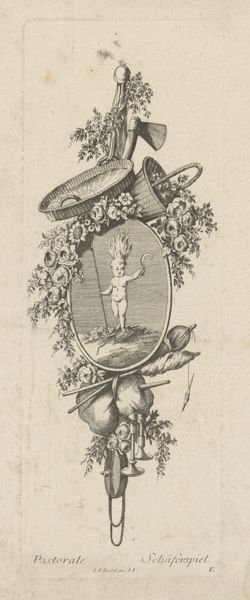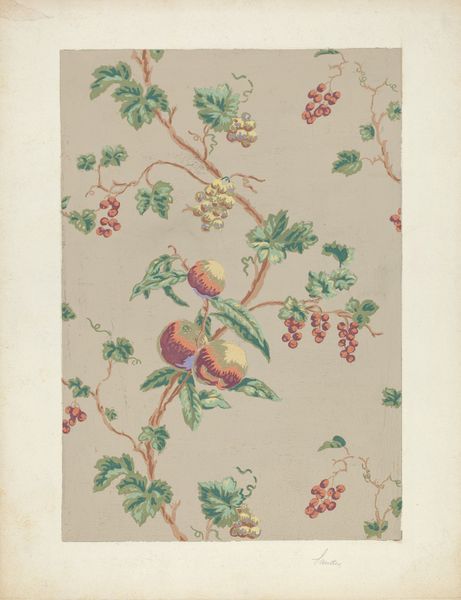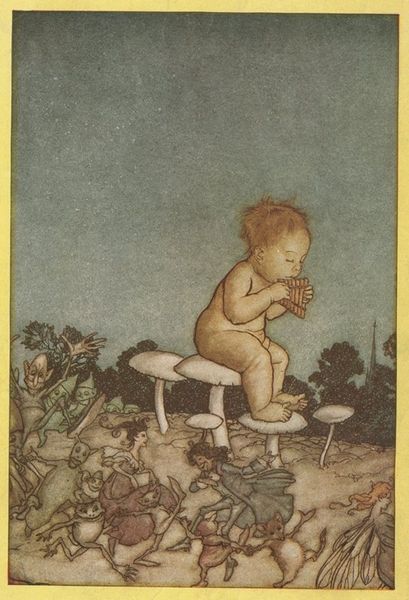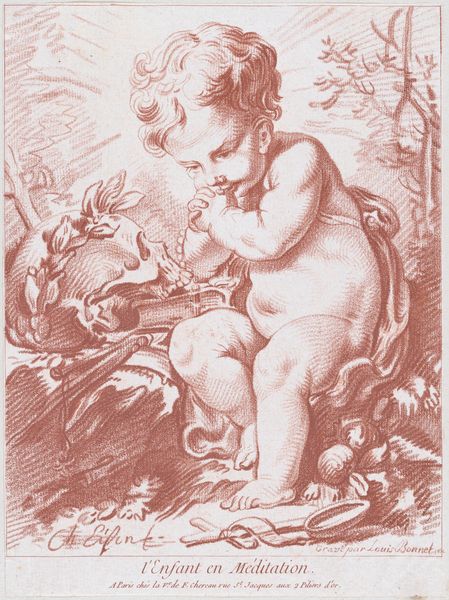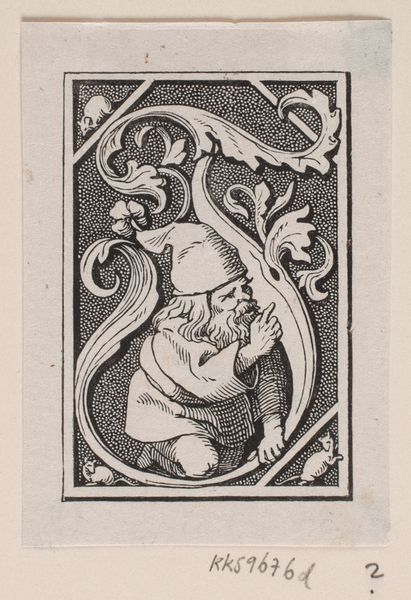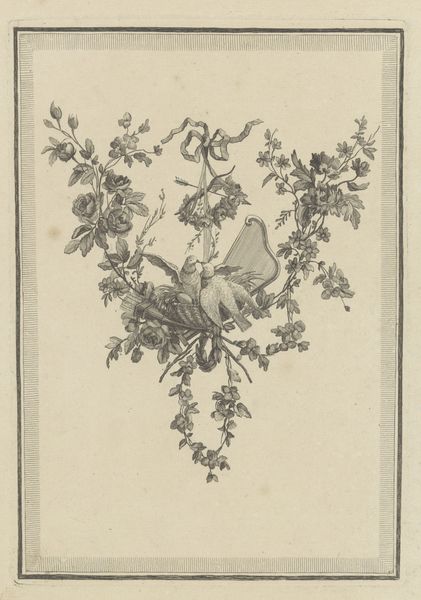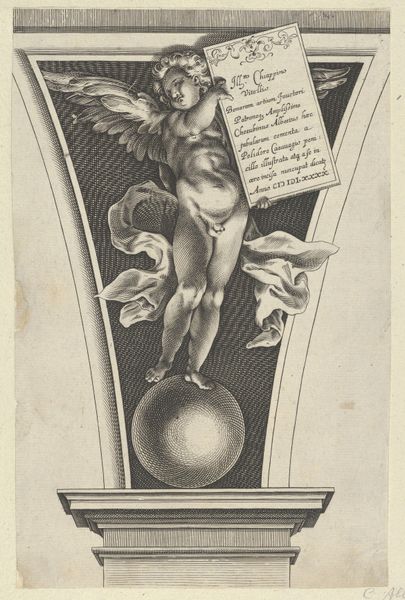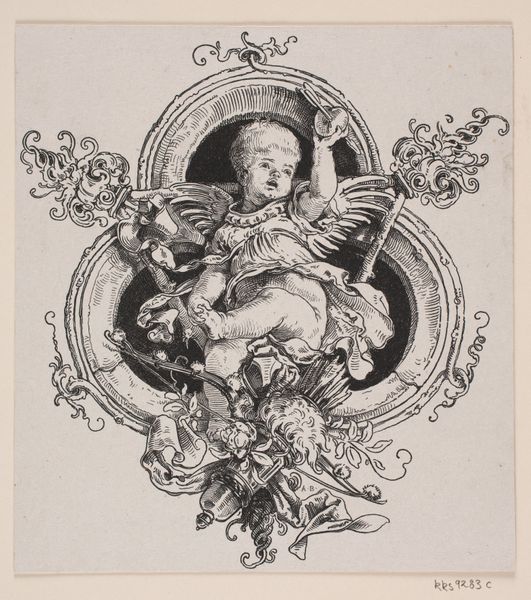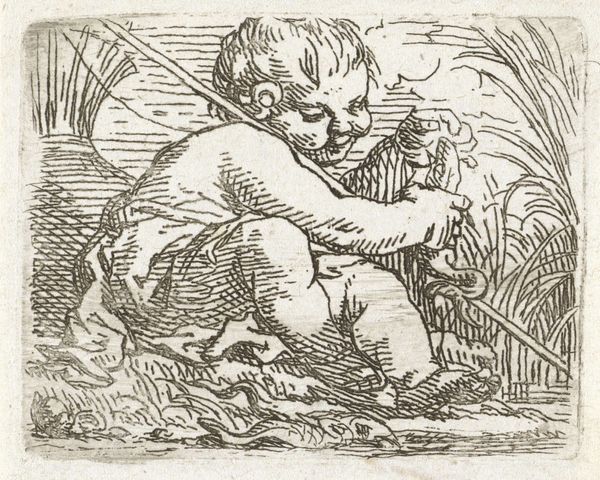
Crabapple, from the Fruits series (N12) for Allen & Ginter Cigarettes Brands 1891
0:00
0:00
Dimensions: Sheet: 2 3/4 x 1 1/2 in. (7 x 3.8 cm)
Copyright: Public Domain
Curator: Isn’t that just…charming? A little boy dangling upside down in a crabapple tree! Editor: Charm can be deceiving. Allen & Ginter's "Crabapple" from 1891, part of their "Fruits" series for cigarette cards, romanticizes nature but it obscures the social realities that facilitated the tobacco industry's growth and reach. It was built on exploited labor. Curator: Oof. Well, on the surface, this coloured-pencil drawing on a small print is undeniably whimsical. There's a real sense of childish mischief here. I almost feel like I’m spying on something I shouldn’t be seeing. Editor: This ‘whimsy’ normalized child labor by portraying it as innocent. We are missing a certain historical conscientiousness if we do not see beyond this supposed childlike play. How many children his age or even younger were employed, unpaid, to enrich the pockets of people like Allen and Ginter? Curator: Hmm. The artist's depiction does make you focus on the crabapples tumbling into the boy’s hat, or escaping his grasp; a dance of red against the dappled green backdrop. There's a dynamism that feels almost Impressionistic, like you might catch a glimpse and then it's gone. Editor: Exactly, it's fleeting because these are the everyday images constructed to reinforce existing cultural paradigms. We are conditioned not to look too deeply into those "carefree" apple-picking hands. Who benefits? Who loses? It all falls out of sight so quickly… just like those crabapples tumbling from his little fingers! Curator: Well… that does bring a certain bite. Even so, it’s almost beautiful how it all comes together so elegantly, a tiny stolen moment transformed into art. Editor: I suppose it's in the interplay between beauty and brutal truth that the art compels. Curator: Yeah, an artwork like this invites us to pick it apart and re-examine the pretty lies it subtly normalizes. Editor: Exactly. Art shouldn’t just exist for aesthetic appreciation but to spur reflection and inquiry, in how something seemingly simple can uncover layers of complexity about power, visibility, and the narratives we choose to tell, and to whom.
Comments
No comments
Be the first to comment and join the conversation on the ultimate creative platform.
